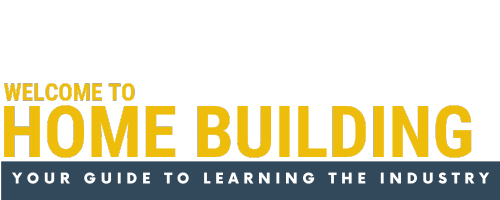In our recent research study, Blue Tangerine asked home buyers about their most important considerations when selecting a home. It wasn’t a surprise when the top response was the home’s location. Yet too often I see home builder websites where it is difficult, or even impossible, to quickly and clearly understand where the homes they build are located. How easily can your website visitor find the answer to this key question of “Where do you build?”
Maps Make It Easy To Know Where You Build
Maps are tools that quickly communicate to your buyers where your homes and available communities are located. It is vital to place easy-to-access maps on your home page and other key pages of your website.
However, because they are potentially not as visually appealing as other types of imagery, often designers and agencies shy away from featuring maps prominently.
To balance these legitimate design preferences, use simple maps that don’t dominate the page but provide a quick “at-a-glance” view of where you build, then provide buyers the option to drill in for more detail.
Maps provide a very visual answer, but you also want to include location-based keywords within your website copy. Don’t hide these keywords in large blocks of content.
Website visitors tend to quickly scan text, so location keywords should be featured in headings, callouts, image overlays, and bullet lists.
Including these location keywords will also help Google better understand the locations that you serve, which will have a positive impact on your SEO and search rankings.
Maps Help More With Non-Local Buyers
In our research study, we also learned that 40% of buyers are moving more than 50 miles from their current home. This group of buyers may be less familiar with the area and local terminology references.
Phrases such as “capital region”, “tri-cities area”, “gold coast”, or “upstate” are still important to use to connect with your local buyers, but for buyers from outside the area, as well as for the search engines, don’t forget to also include more specific county, city, and state names and descriptors.
If there is only one adjustment to your website that you make, be sure that your home page clearly communicates where you build.
Key Takeaway For Your Website
Promoting and selling the home design, floor plan layout, community amenities, and creating a vision of the buyers’ future lifestyle are all important. But don’t forget to also make it easy to figure out where the home is located.
No matter how much that buyer might love the home, if it isn’t located where they want to live, they aren’t going to buy. And remember, if they can’t quickly figure out the location, they are likely moving on to the next builder’s website to see what they have to offer instead of engaging with you.
If there is only one adjustment to your website that you make, be sure that your home page clearly communicates where you build. Your future sales will thank you for it.

ABOUT THE AUTHOR
Greg Bray is the President of Blue Tangerine, a digital marketing and website development agency that believes every home builder deserves a sales-generating website. Greg began developing homebuilder websites in 2000 and has been hooked ever since. The tools have matured since that time, but one thing hasn’t changed: the goal to grow sales!
Join The Welcome to Home Building Conversation
Regardless of whether you are new to the industry or a seasoned expert, please comment below or draft a blog post for the Welcome to Home Building community and share your insights. You never know how your experiences might inspire and contribute to the collective wisdom of our dynamic community.





